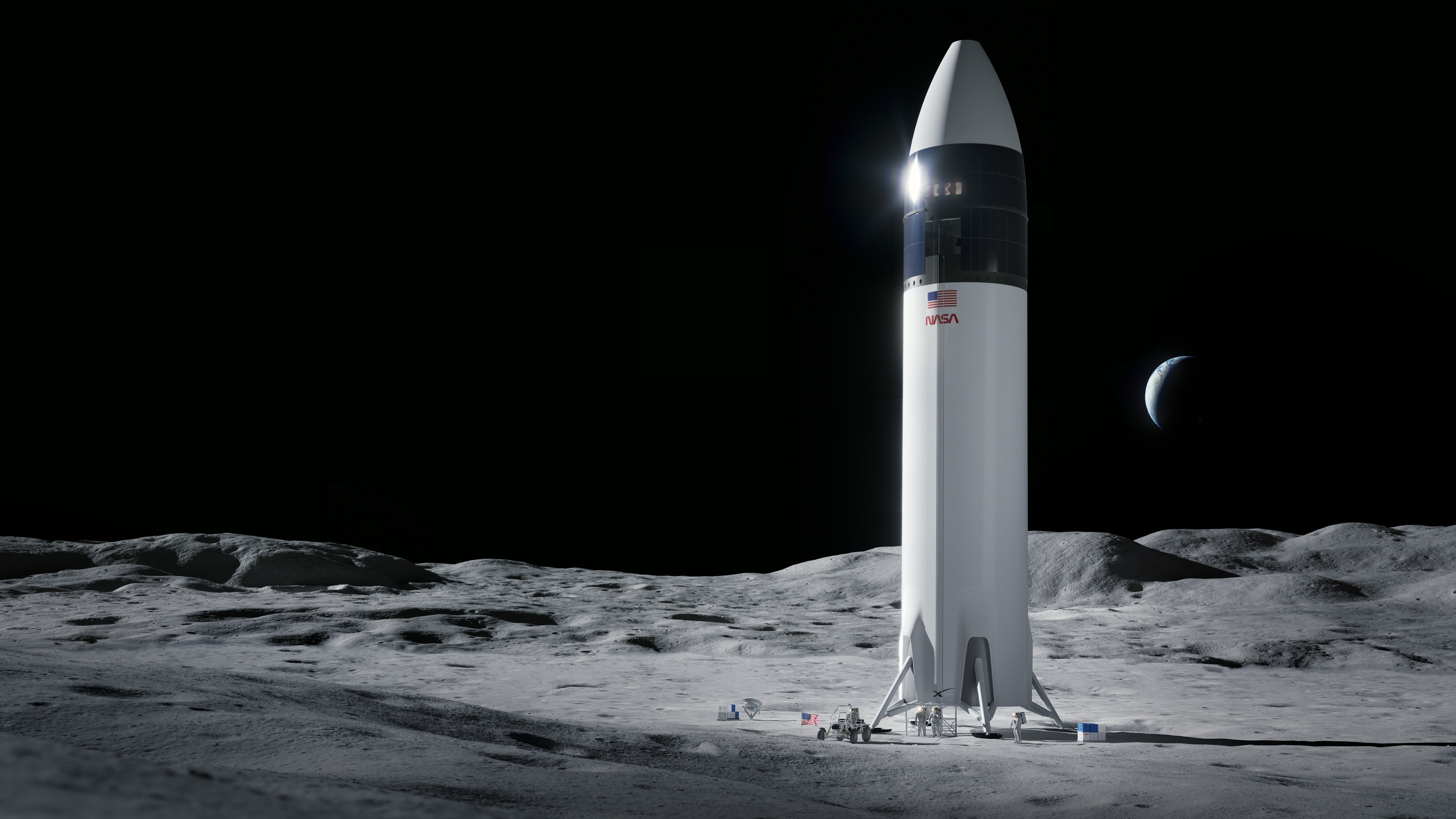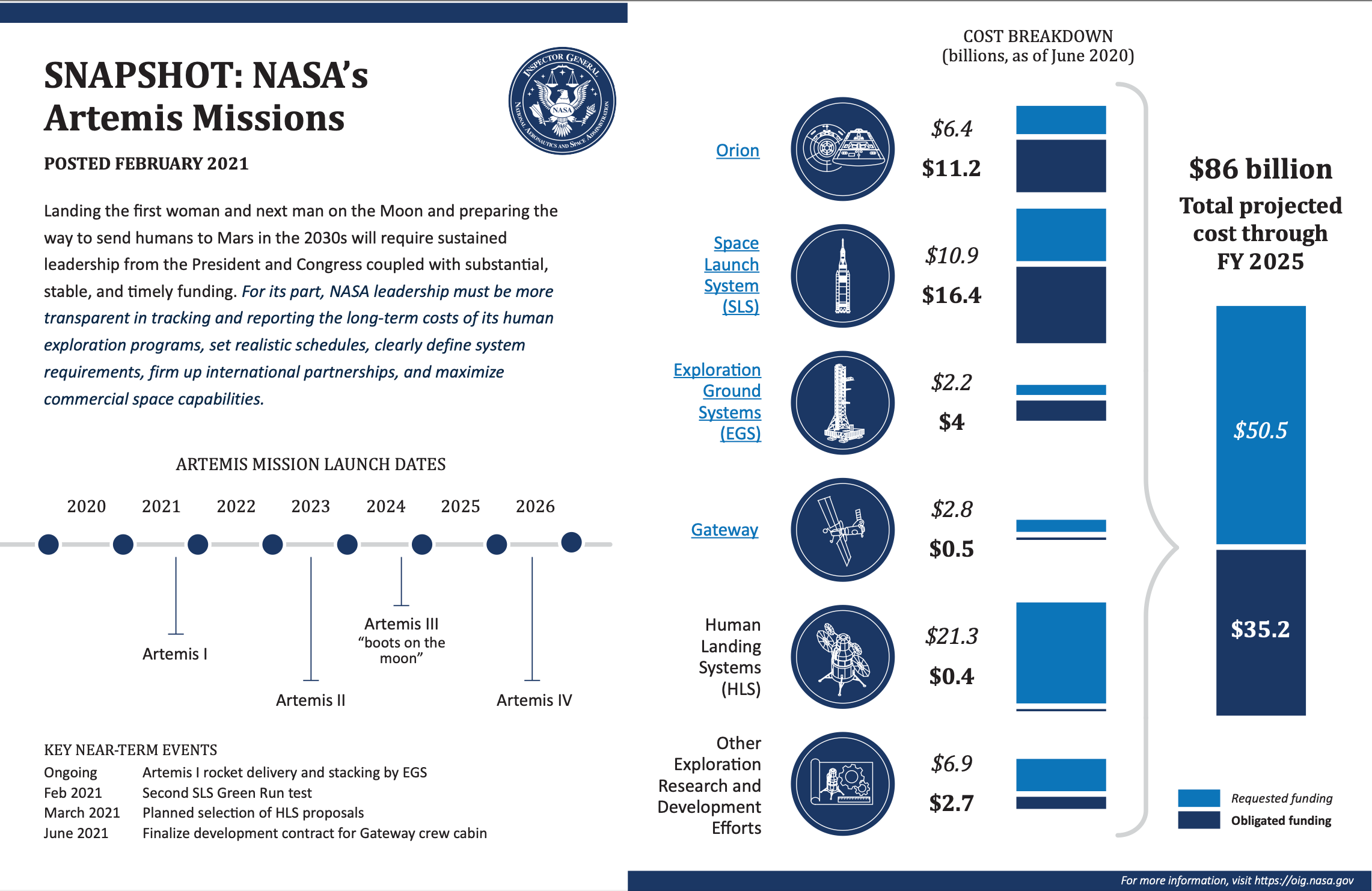Elon Musk’s SpaceX has won a $3 billion Nasa contract to put humans on the Moon – but the full mission will take far more than that

Your support helps us to tell the story
From reproductive rights to climate change to Big Tech, The Independent is on the ground when the story is developing. Whether it's investigating the financials of Elon Musk's pro-Trump PAC or producing our latest documentary, 'The A Word', which shines a light on the American women fighting for reproductive rights, we know how important it is to parse out the facts from the messaging.
At such a critical moment in US history, we need reporters on the ground. Your donation allows us to keep sending journalists to speak to both sides of the story.
The Independent is trusted by Americans across the entire political spectrum. And unlike many other quality news outlets, we choose not to lock Americans out of our reporting and analysis with paywalls. We believe quality journalism should be available to everyone, paid for by those who can afford it.
Your support makes all the difference.Nasa has chosen SpaceX to build the lander that will carry humans onto the Moon for the first time in decades.
Elon Musk’s rocket company has been chosen to build the human lander that will drop those astronauts onto the lunar surface. It will do so as part of the Artemis programme, which not only aims to put the first woman and person of colour on the Moon – but now the first commercial lander, too.
The contract is worth $2.89 billion to SpaceX, and Nasa noted that total price is fixed and dependent on reaching certain milestones.
But really the cost of the lander is just the start – or perhaps the end – of a programme that will cost far more, and involve vastly more complexity.
The newly-awarded contract is specifically for what SpaceX and Nasa refer to as the “human landing system”, or HLS, which does exactly as its name says.
It will take the form of a SpaceX Starship – which is still in testing, and exploded in its last two most recent attempts – which will be specifically designed to land on the Moon. It will make use of the well-established SpaceX raptor engines and borrow on work done for the Falcon and Dragon vehicles that are already used today.
“Starship includes a spacious cabin and two airlocks for astronaut moonwalks,” Nasa said in ist announcement. “The Starship architecture is intended to evolve to a fully reusable launch and landing system designed for travel to the Moon, Mars, and other destinations.”
But to get close enough to drop onto the Moon, the astronauts will have to escape Earth first. They will do that using Nasa’s Space Launch System rocket, a vast vehicle with the power to propel astronauts away from Earth and towards the Moon, with costs nearing $19 billion already and which will cost billions for each launch.
The actual journey to and from Moon will happen in another partnership with a private company: the Orion spacecraft, which is being built by Lockheed Martin and Airbus. Just like with the Apollo mission, that will stay hovering over the surface of the Moon as the lander carries astronauts down to the surface, before they climb back into it and journey back to Earth.
All of that will also work in tandem with the Lunar Gateway, Nasa’s plan to build a space station in the Moon’s orbit that will support the Moon missions – providing communications, storage and more for the trips to the surface.
It is all of that taken together that makes up the Artemis programme. And it means that the cost – and time – quickly adds up to much more than the $2.9 billion spent on the lander.
The full cost is likely to be some $86 billion by 2025, according to a report from the Nasa Office of Inspector General published in February this year. Those costs accounts for everything involved in the project, including the lander as well as the launch system and other requirements.

All of that is supposed to take humans to the Moon by 2024, according to a target set by Mike Pence as vice president and still promoted by Nasa. But that target is looking unlikely: its own reports have suggested that it might miss its schedule, largely because of funding shortfalls.
While the total number sounds large, it is relatively small in comparison to the the costs to take humans to the Moon the first time: The Planetary Society estimates the cost of the total effort to get to the Moon was around $28 billion in actual spending, or roughly $280 billion accounting for inflation.
Supporters of the programme argue that those costs should not be seen as being lost in space: the money was spent down on Earth, funding research, engineering and work that moved through the economy in the US and beyond.
Nasa also notes that the benefits are present on Earth, too. The consequences of the Apollo missions can be seen in everything from supermarket foods to the end of a marathon: it brought digital flight controls, food safety protocols, space blankets and hearing aids.
It also argues that the same results will come from the Artemis programme. It will require the building of new technologies including research into ways to extract useful materials – water, oxygen and rocket fuel but also the sometimes valuable substances that make up the Moon itself – from the lunar surface.
“Technology created for Artemis will certainly find secondary applications on Earth,” the spac agency wrote in 2019. “And it will enable a new economy in space.
“Finally, the mission architecture itself — rocket and capsule, surface modules, spacecraft that will ferry astronauts to and from the lunar surface, and all the technology that enables sustainable operations on the Moon — is a test bed for humanity’s next great leap – sending astronauts to Mars.”
Join our commenting forum
Join thought-provoking conversations, follow other Independent readers and see their replies
Comments